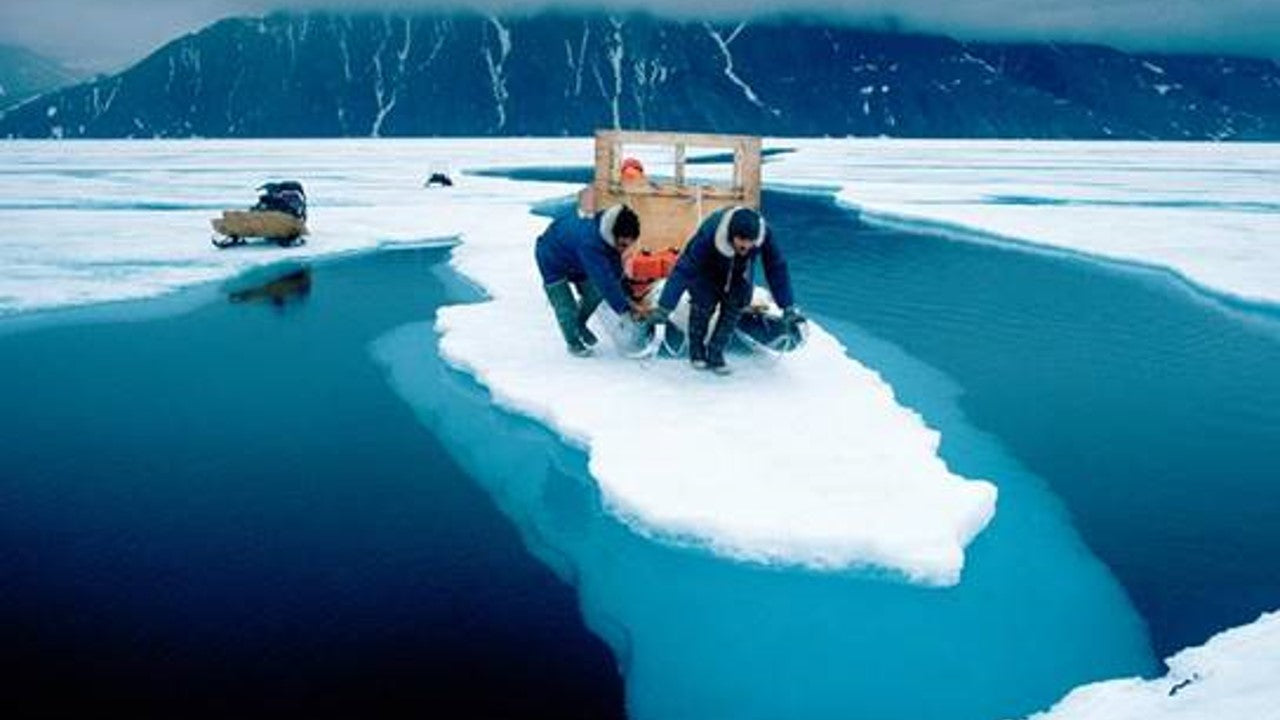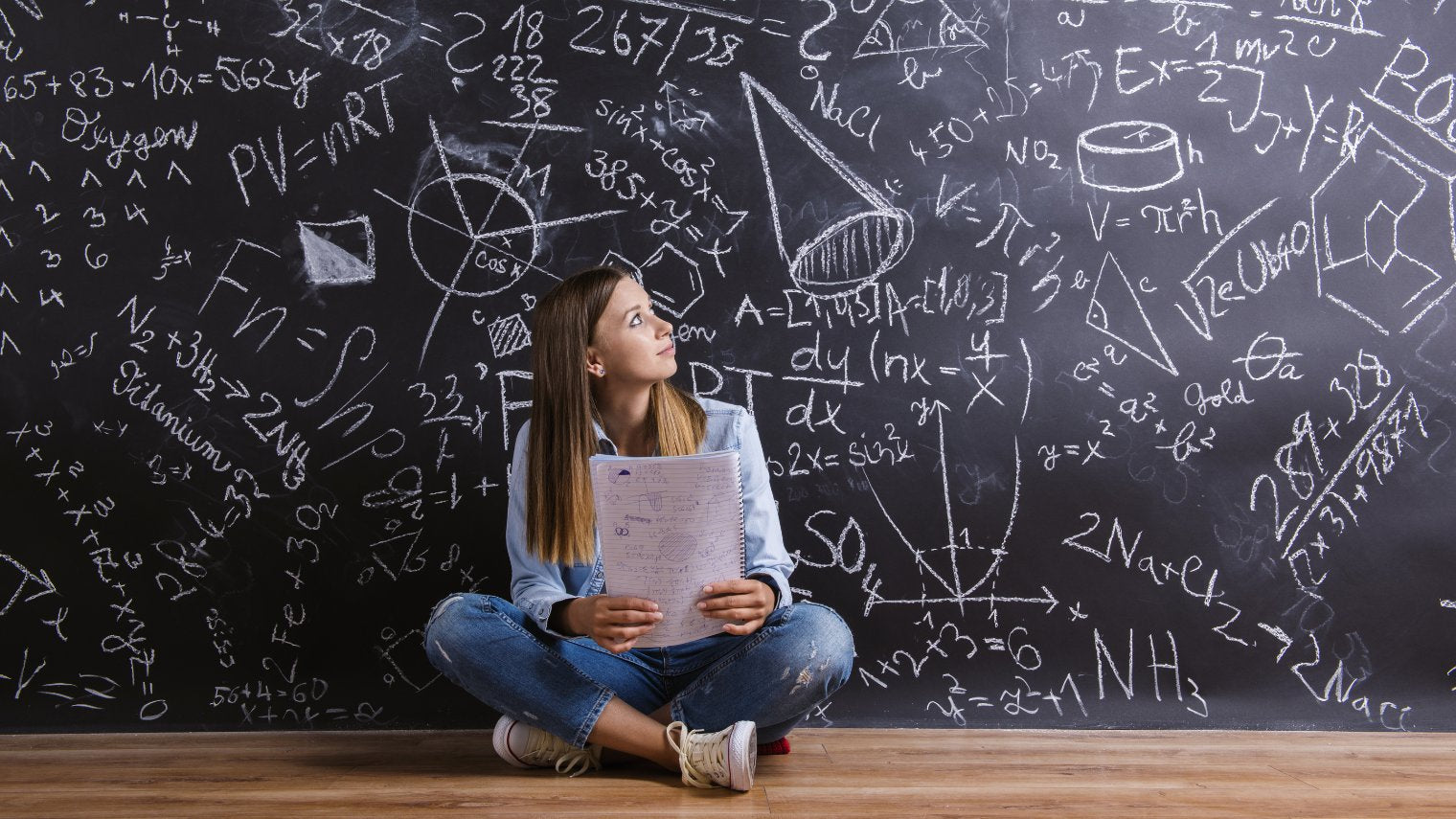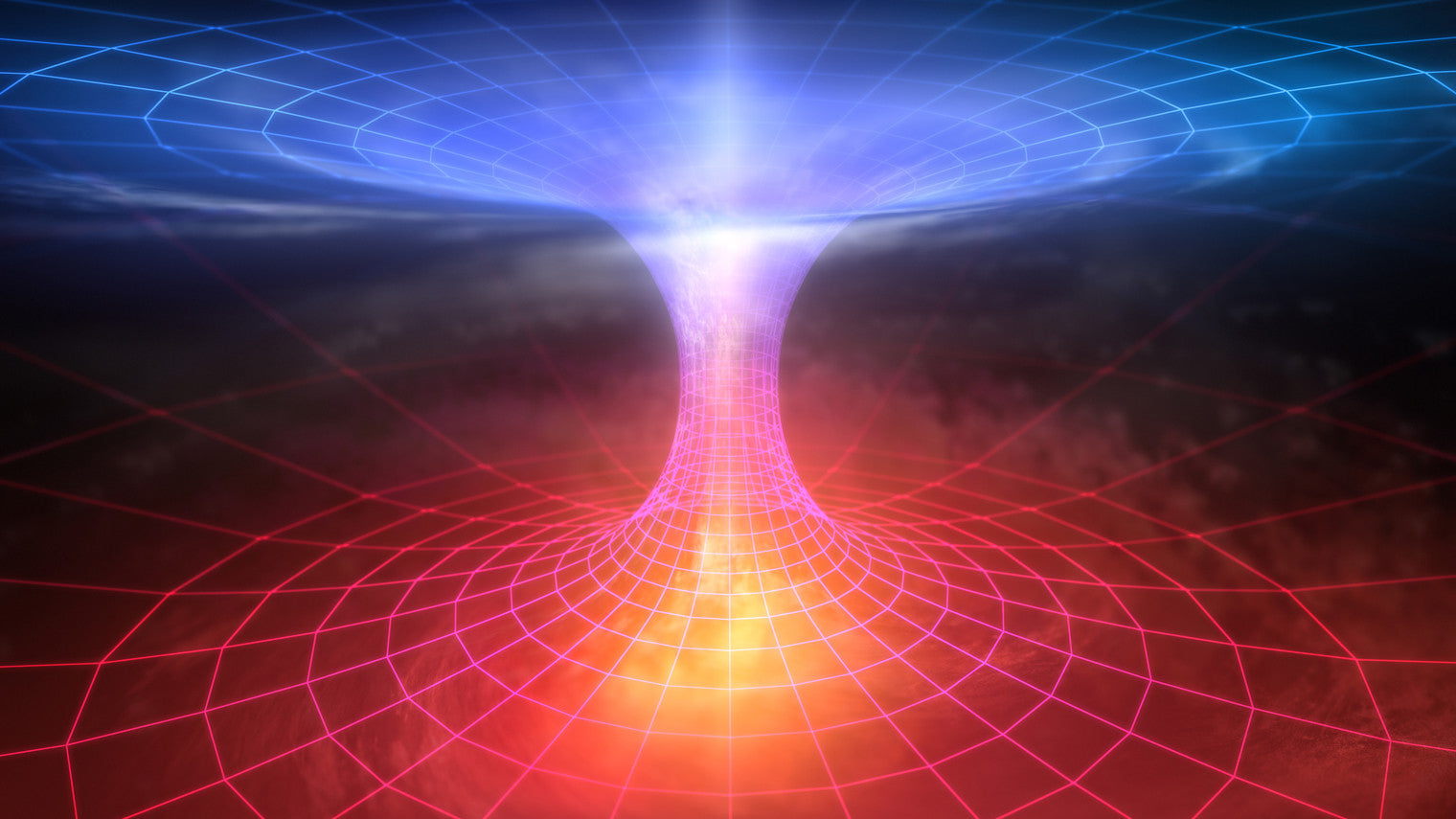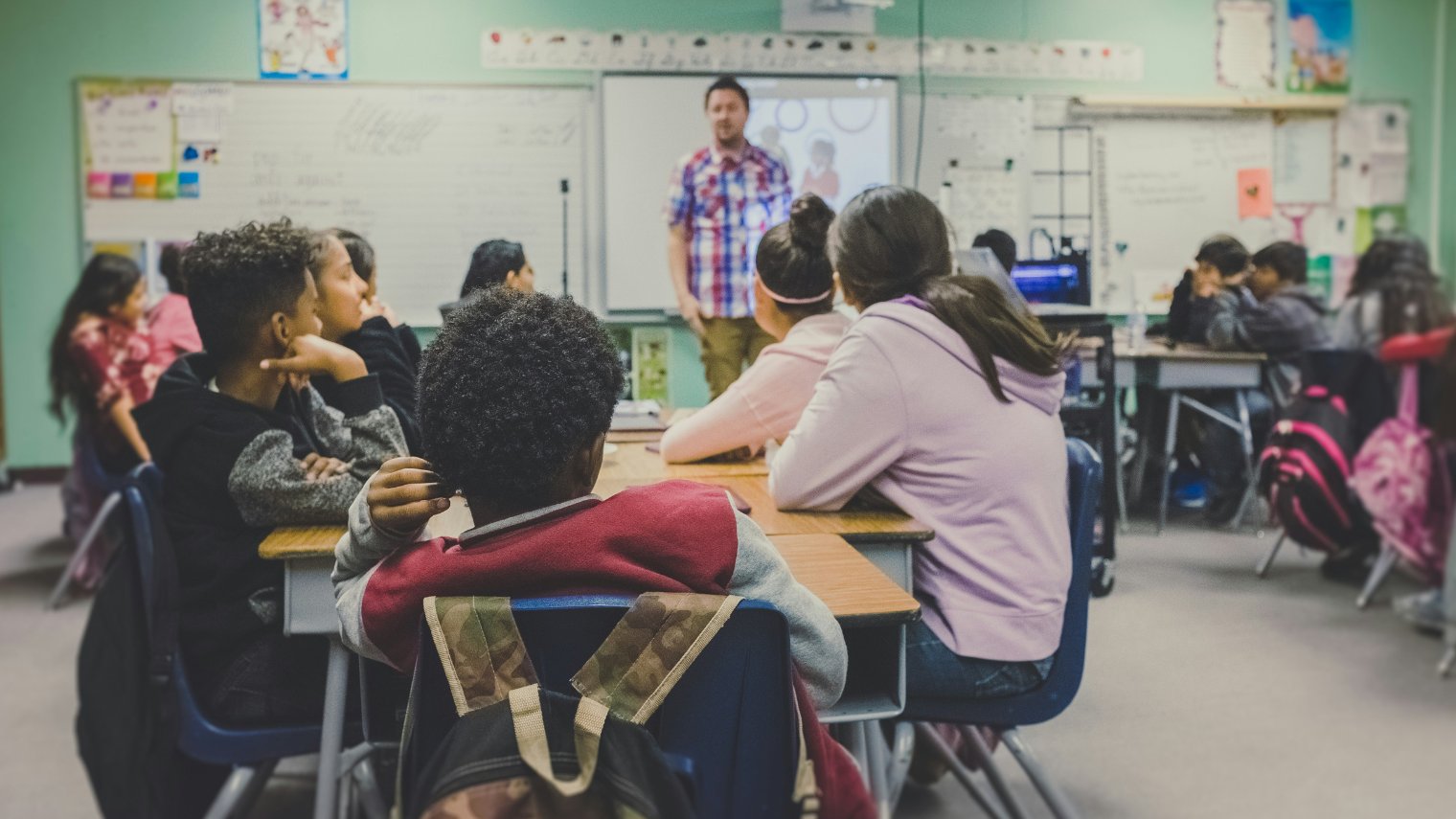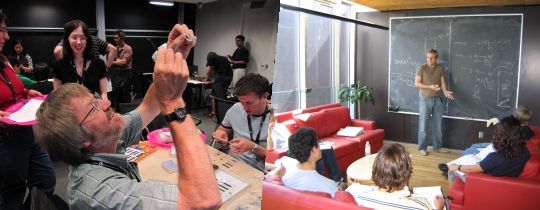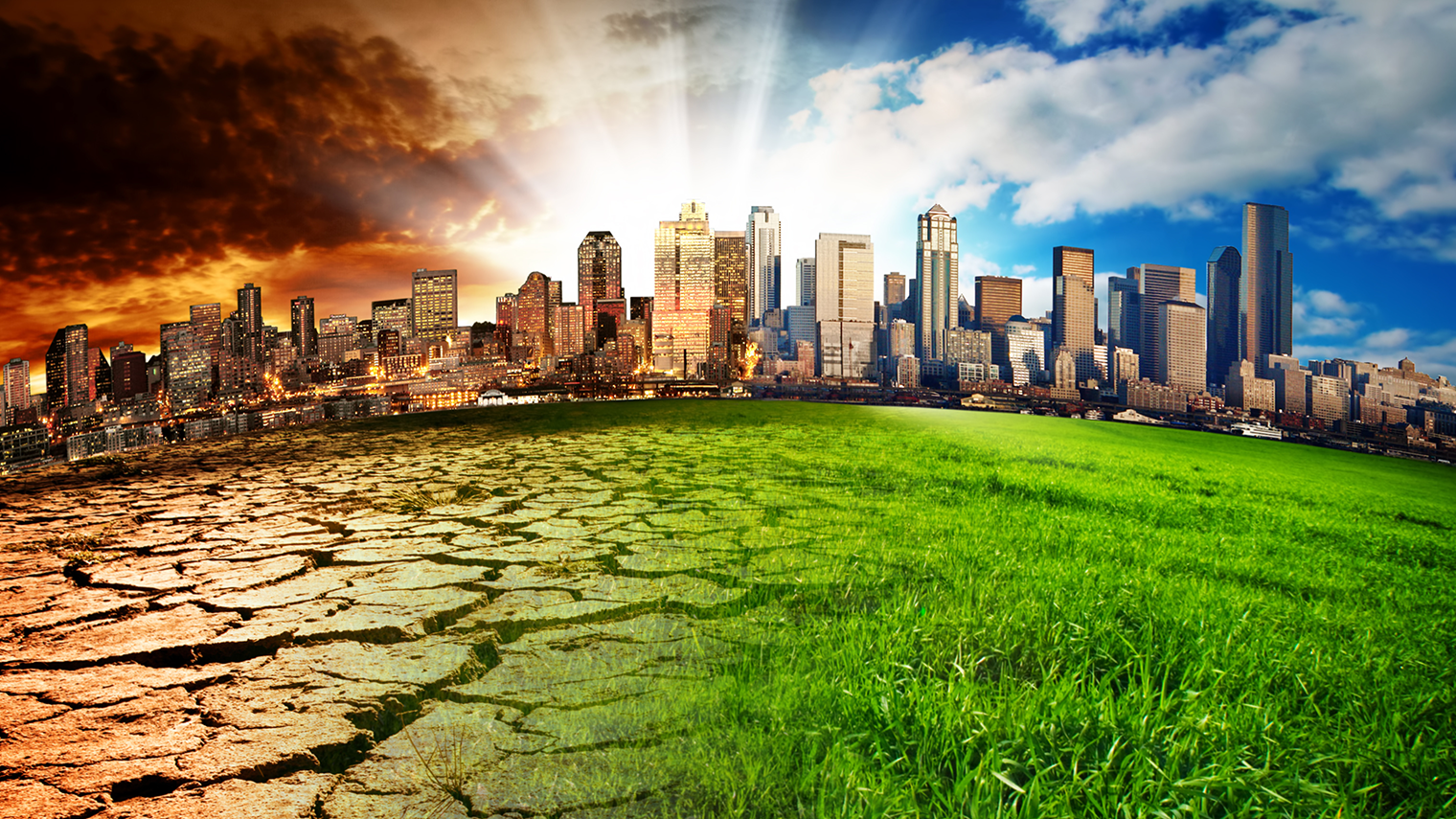
Temperature Rising
New Download Options:
-
With Video includes our full videos
(1.2 GB, MOV files) - With YouTube Video link includes a link to the same videos on YouTube
The activities in this resource explore the concepts of heat with application to global warming. Students build a mini-research station with craft supplies. They use their mini-research station to investigate the impacts of heat on our environment by conducting student-designed experiments with simple materials.
The Mini-Research Station

Students design and build a mini-research station to use in other activities in the resource. The station is built with plastic, wood, and metal materials and allows them to explore concepts related to heat and heat transfer.
Heat It Up—The Particle Theory

Students do a series of experiments with crayons, eggs, balloons, and steam to examine particle theory and how it relates to gases, solids, and liquids.
Heat Transfer Investigations

Students explore conduction and convection—two heat transfer mechanisms. They examine how different materials in their research station (wood, plastic, metal) conduct, and they compare how food dye flows in warm versus cold water to explore convection. They use a fan, a heat source and scrap paper to visualize air convection.
Radiant Connections

Students investigate how heat is transferred via radiation. They compare how popcorn is popped in a microwave versus in an air popper or an oil-coated pan. They place ice cubes in their mini-research stations and examine what factors affect the melt rate.
The Future of Our Hot Earth

Students read about problems and technologies related to global warming, greenhouse gas emissions, energy, and heat loss. In groups, they focus on one problem and make a model or sketch of a creative solution or innovation that benefits society or the environment.
Parts per Million

In this math activity, students consider the concept of one million and explore the concept of parts per million by solving problems related to the concepts of rates and ratios (proportional relationships).
The activity makes connections to global warming and the increase of carbon dioxide levels over time.
Climate Data

This activity explores how data is collected and can be graphed. Students play an action game and then collect, record, and graph data related to heart rates. They end the activity by analyzing six graphs related to climate change, forming conclusions and making inferences from the data.
That Data Is Not Fair!

Students conduct a survey and then identify how collection methods can alter results or conclusions. This is linked to opinions on global warming.




